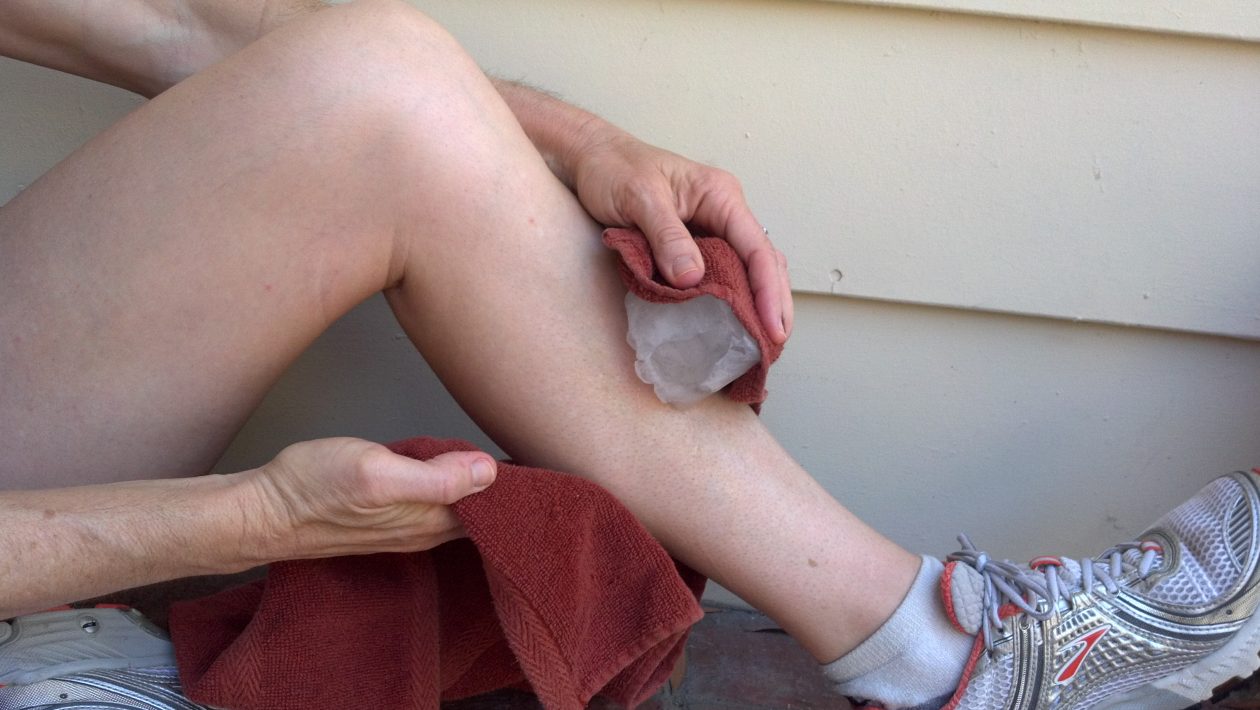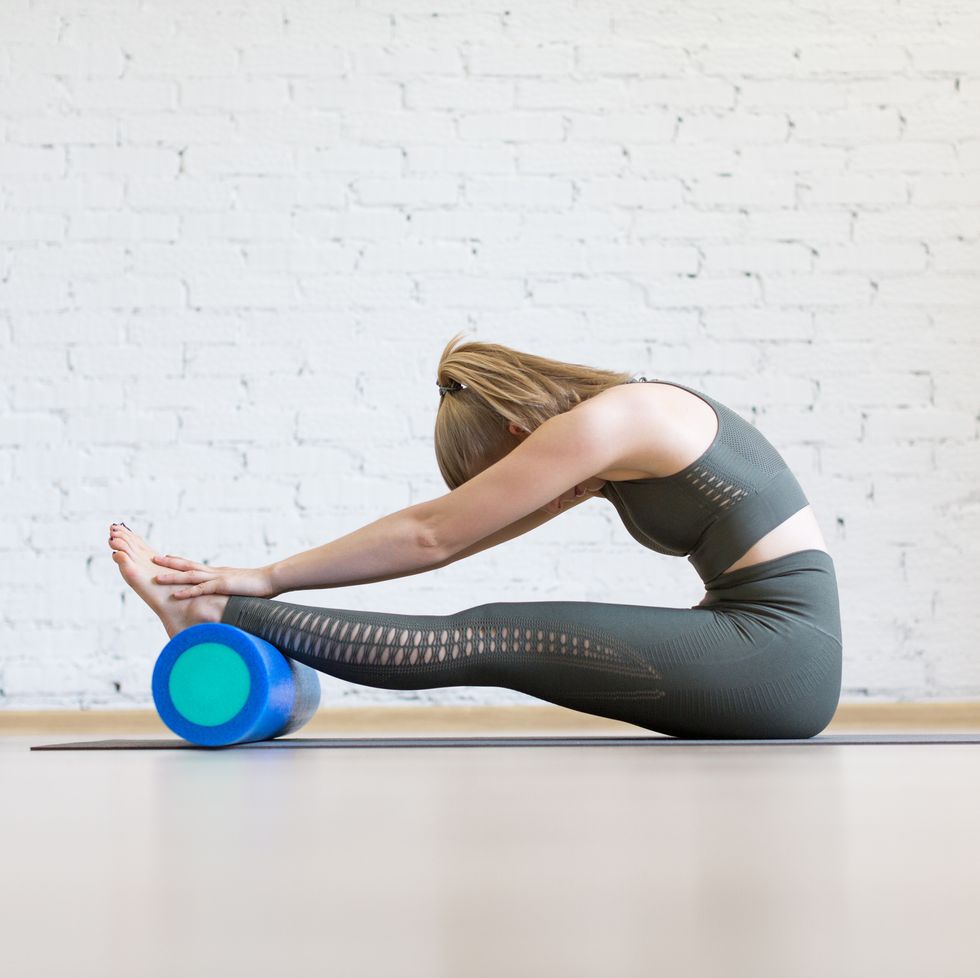Are you feeling a sense of soreness and tenderness along the inner portion of your lower leg? Or is it a muscular pain that has left you hobbling for a week now? If you are wondering whether this is just the usual muscle pain or something else – then, for starters, let us tell you – chances are there that you have shin splints. They are an injury caused by repetitive strain and are a common affair in people who are into high-impact exercises. So, if you suspect yours to be one, supposedly, then you must check out how to get rid of shin splints at the earliest.
This article will explore some natural ways to deal with this injury and give you a plethora of exercises that will assist in easing the pain. Apart from that, this content will also give you an idea about the ways to prevent shin splints in the future, thereby ensuring you are in a better space to deal with the same.
Table of Contents
How to get rid of shin splints with stretches?
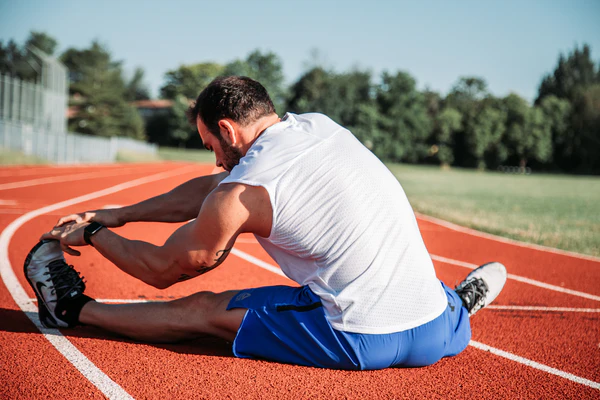
Before we go into treating shin splints with stretches, the first strategy that you must follow is – the RICE format (rest, ice, compression, elevation).
Rest from all activities involving heavy usage of legs. Ice the shin areas 4-5 times per day till the swelling reduces. Compression sleeves are of great help here. Elevate your legs while icing to reduce discomfort.
Once you are done with the basics, now let’s get to the stretches you must do –
1. Calf stretches
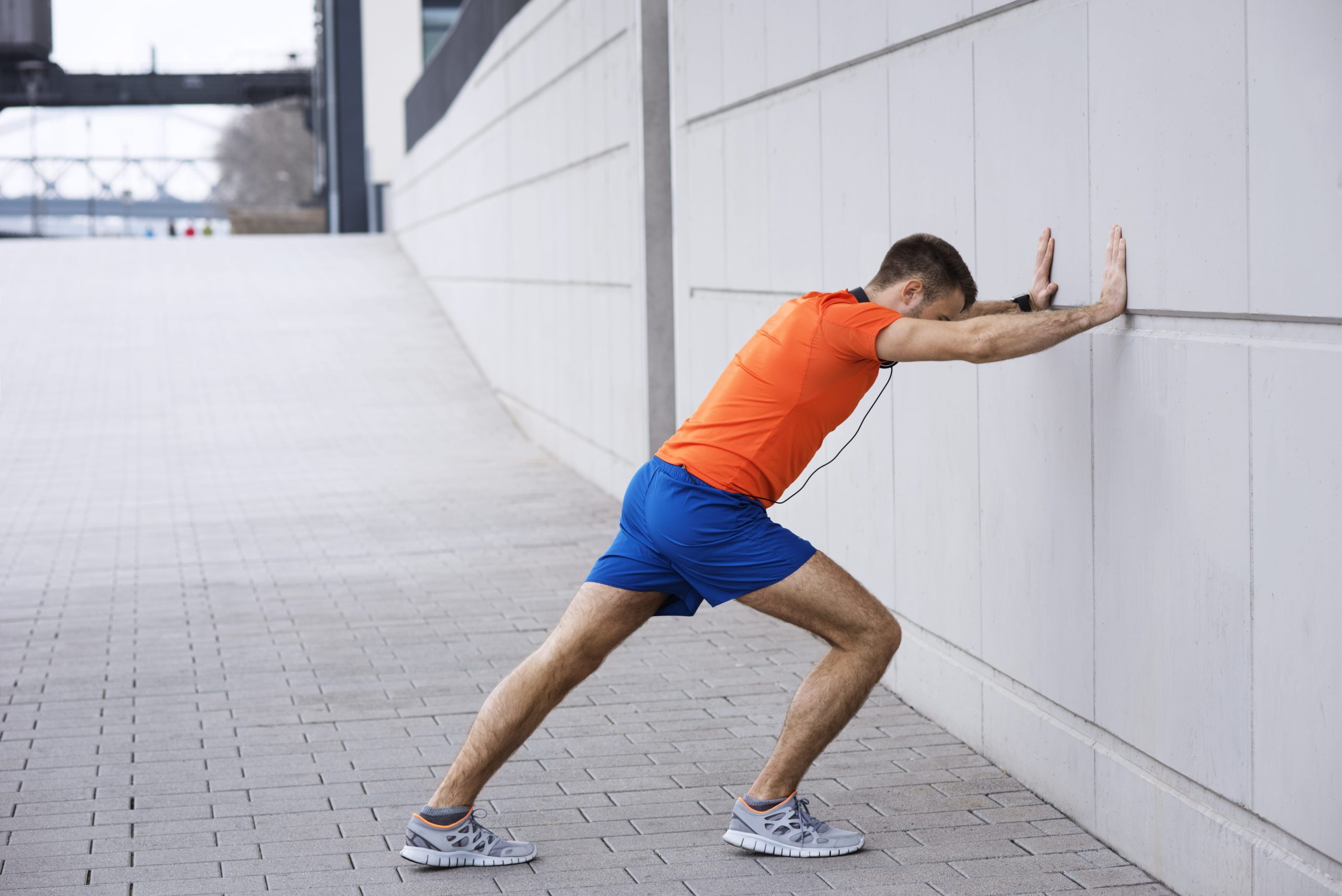
This is a must-do exercise for those searching out ways on how to get rid of shin splints –
- Stand facing a wall with your hands against the same. Else, you can also rest your hands on the back of a high chair.
- Put one foot behind the other in a way so that – the feet are kept straight.
- Now – start by bending the front knee in a manner of stretching. Ensure that your back is straight.
- Continue this for 20 seconds, thrice, and then switch legs.
2. Achilles tendon standing stretch
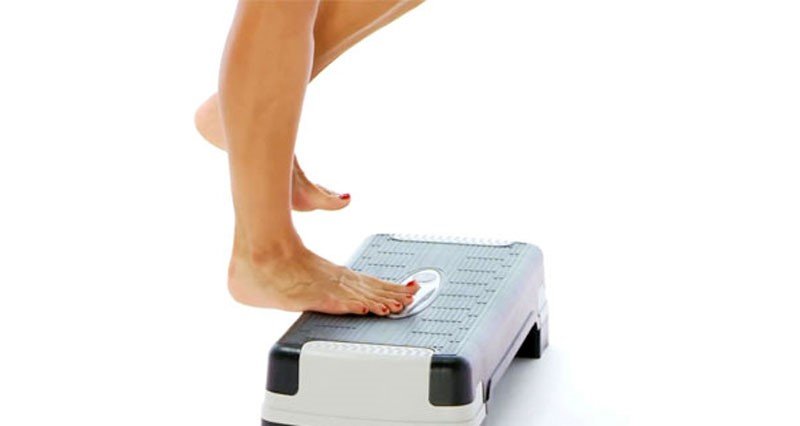
For this, you will have to –
- Get yourself a stepping stool and stand on the edge of the tool with the help of the balls of your feet. For support, hold on to something heavy.
- Then allow another foot to hang in such a manner that you feel a stretch at the back of your leg.
- Do this for 20 seconds and repeat it five times a day. Once completed, you can switch the legs accordingly.
3. Tibialis Anterior muscle stretch
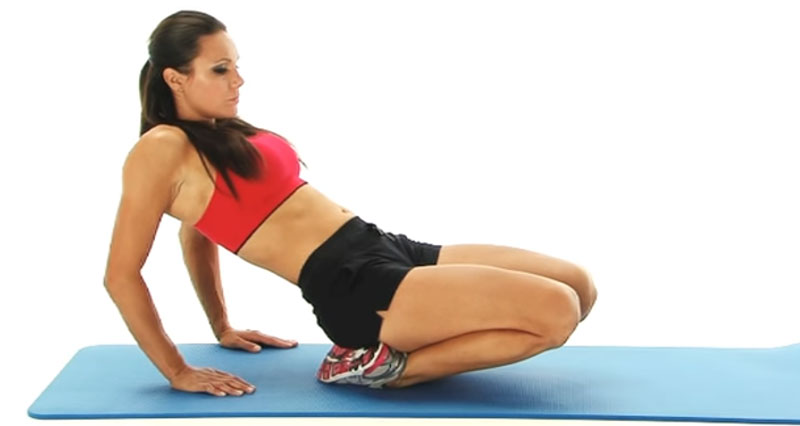
For those looking out categorically for how to get rid of shin splints by concentrating on stretching the tibia muscle, here’s the way –
- You will have to kneel on the floor in a way so that the top portion of your feet faces the floor. Now place your hands in front in an inside manner.
- Slowly shift your body weight on your hands by leaning forward and raising your body. Ensure that your feet remain connected to the floor.
- Stretch for 20 seconds and repeat it thrice.
4. Kneeling and seated shin stretches
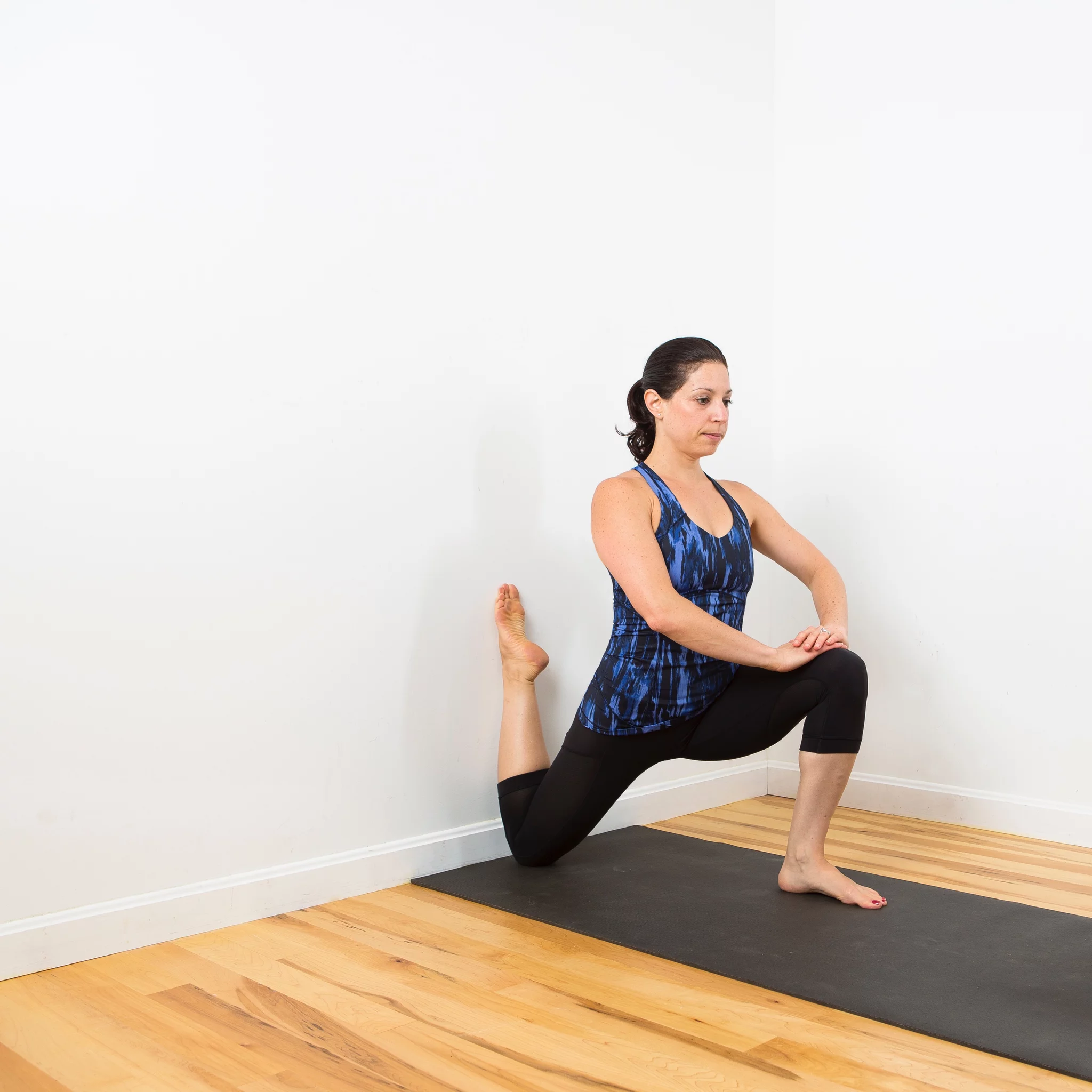
Scratching your head as to how to get rid of shin splints by stretching your shin area? Here’s unveiling the secret strategy –
- Kneel with your heels behind the glutes and knees placed in front of you.
- As you lean back and try to support your body’s weight with your hands (keep them on the side), push down your heels and simultaneously lift your knees.
- Hold this for 30 seconds and repeat twice.
- You can also follow this kneeling exercise while you are sitting down. Sit on a tool or a chair and stretch your toe towards the ground. Ensure that one of your knees is before the other.
- Stretch your shin and shift the body weight accordingly – from one leg to another.
- Hold this pose for one leg – for 20 seconds, repeat it thrice and then move on to the other leg.
5. Foam rolling
By using a foam roller, you will be able to alleviate the swelling and pain associated with shin splints.
- Start by bending down on your hands and place the foam roller below your knees.
- Then you will have to place the right side of your shin on the foam roller and pull up your knees.
- Make sure that your legs are firm on the roller, and then keep moving it up and down.
- Once you are done with one leg, then you can continue with the other.
It is advised not to try out all these exercises together since that will not be fruitful. Pick up any two exercises and do them on alternate days.
How to get rid of shin splints naturally?
As you have seen ways to get rid of shin splints with the help of exercises, it is now time to concentrate on natural remedies.

- While on medication, and if not allergic to it – drink unsweetened cherry juice every alternate day. Cherries have anthocyanins, that are antioxidants that help to ease the pain.
- After your stretching session, you must take a hot bath. Add 1-2 drops of essential oils (lavender, or eucalyptus) or Epsom salt to that water for their anti-inflammatory properties.
- You can use ginger root therapy as well. You will have to shred the ginger root and put it in cheesecloth before soaking it in a bowl of hot water. Apply this on your shin directly for 20 minutes.
- It’s time to do some additions to your diet. Eat almonds and Vitamin D-rich food products. Also, drink apple cider vinegar and consume turmeric with milk regularly. Make pineapples, cayenne pepper, milk, juice of Valerian root and bananas a part of your diet.
If you want to see how to get rid of shin splints without much of a hassle, you must follow these stretches and bring a change to your diet for getting the desired results.
Note: Generally, the pain associated with shin splints goes away in 3-4 weeks. But there’s no fixed period. Hence, it may take 3-6 months to heal completely. To better understand the healing process, check your leg’s flexibility.
How to prevent shin splints in the future?
To know how to treat shin splints is not enough; you must also know how to prevent them. Here is a list of points you must keep in mind –
Strengthen the muscles of your lower body
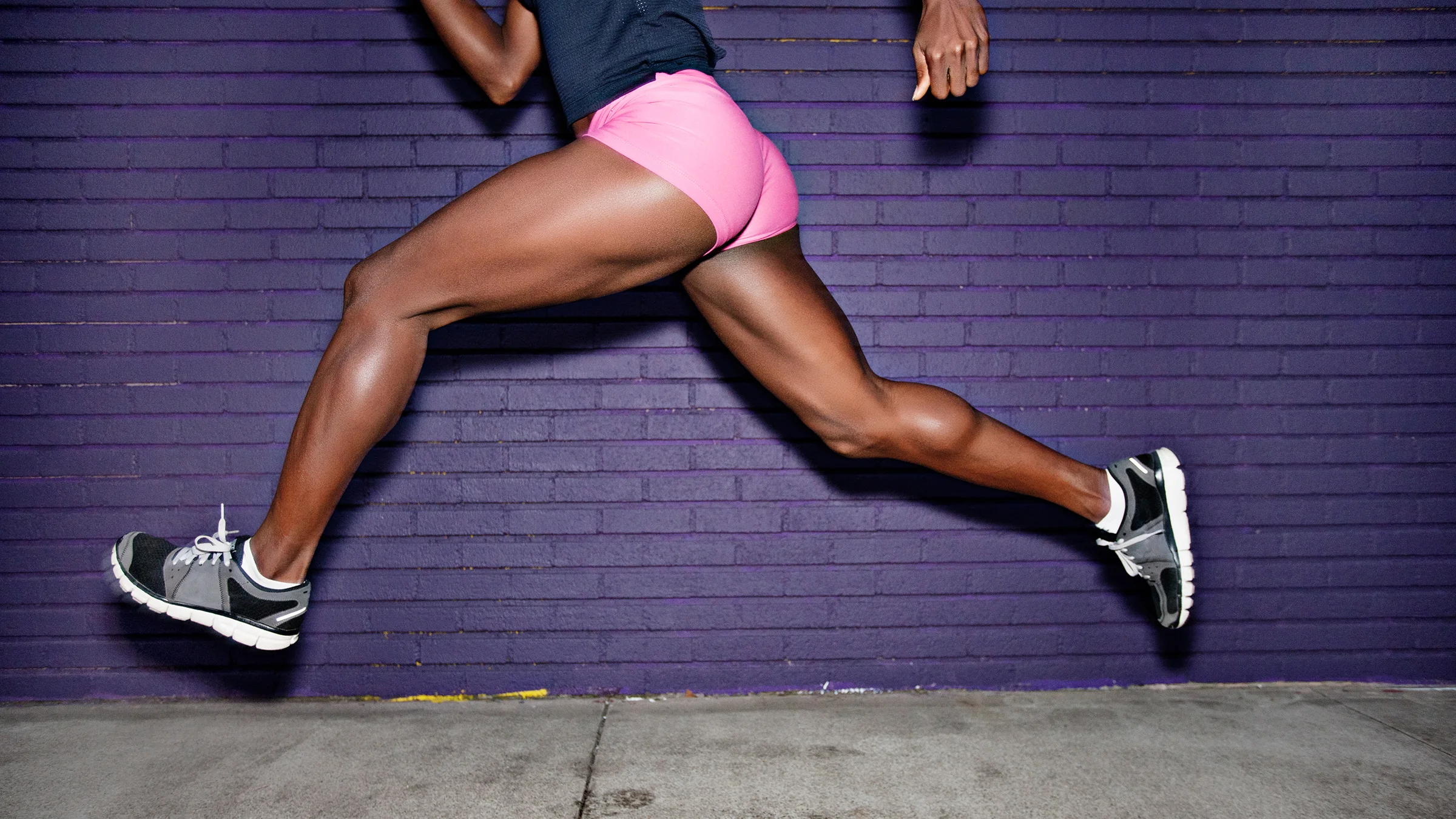
The key to success here is – strengthening the calf muscles. It has been noted well that when your calf muscles are stronger – then your body will be able to better absorb the forces through the ground and distribute them evenly. Added to that – opt for hip and core stabilising exercises that will improve your running alignment.
To create the perfect workout schedule, you will have to concentrate on – the butt muscles, hip flexors (lunges exercises are a must), and core muscles.
You must stabilize your forefoot
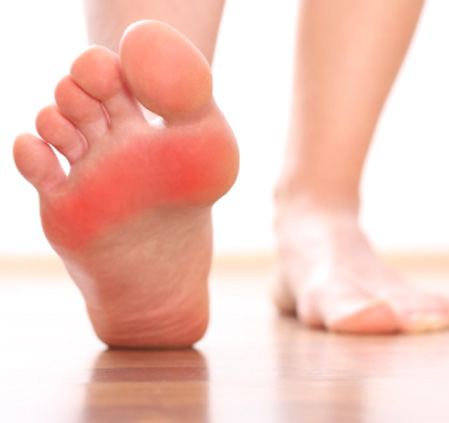
Understanding how to get rid of shin splints is one thing, but working to prevent it is a different ballgame altogether. The key to success here is to control the foot muscles via exercises such as banded foot twists. They stabilise your forefoot and improve muscular control over the same.
Check your mileage and mobilise your ankles
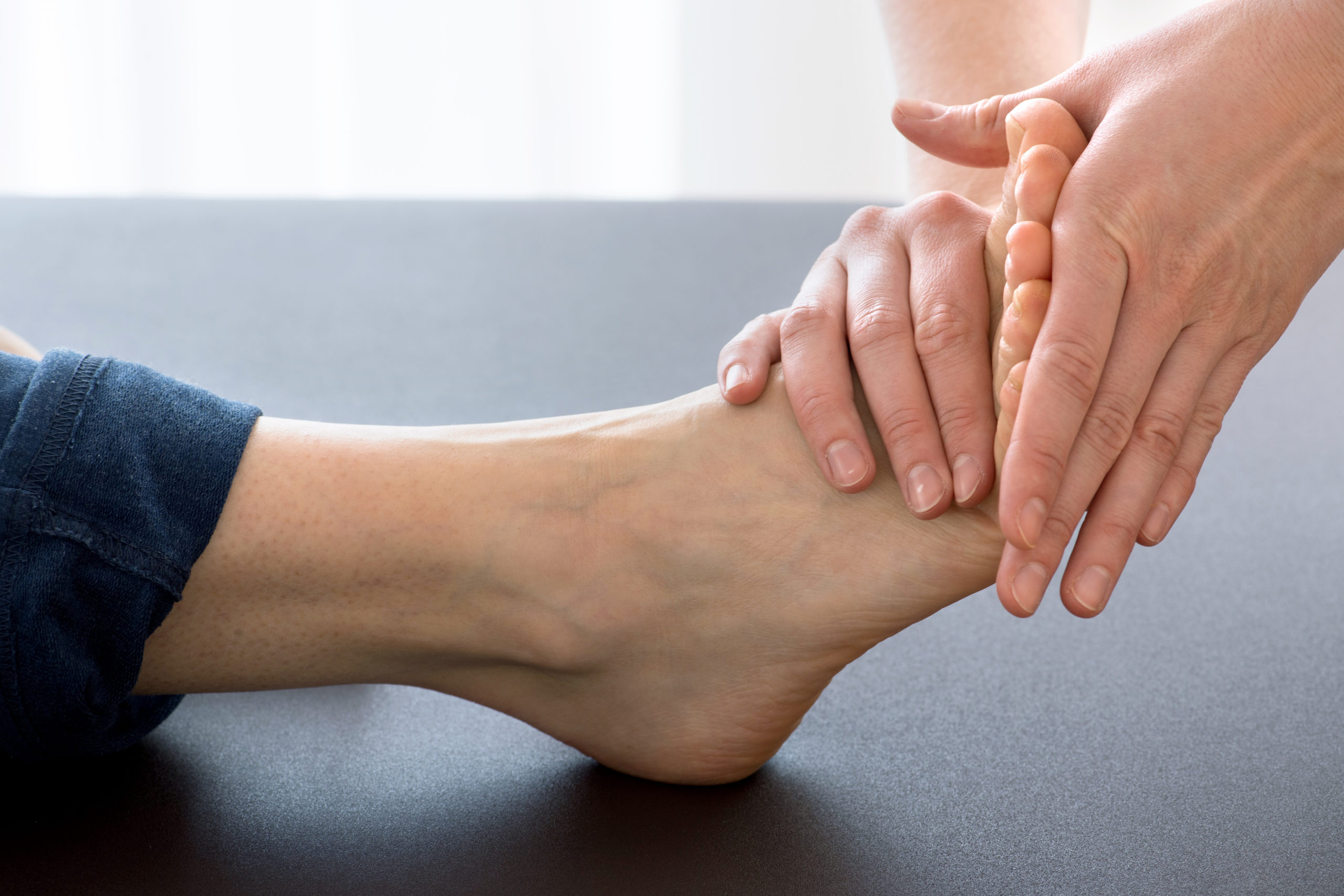
Lastly, you must check your mileage while doing any kind of high-impact activity and also mobilise your ankles so that the joint area, rather than stretching, gets a chance to move through the full range of motion.
If you can manage these issues, you will categorically be able to prevent having shin splints so often in the future.
Do not overuse your muscles

When you enhance the demand on your musculoskeletal system more than what your body can adapt to – or even go in for a completely different workout format – your calves are not accustomed to that sudden pressure. Therefore, it becomes difficult for them to withstand that pressure, and hence the issue of shin splints occurs regularly. Take care to maintain a balance.
Wear the right set of shoes
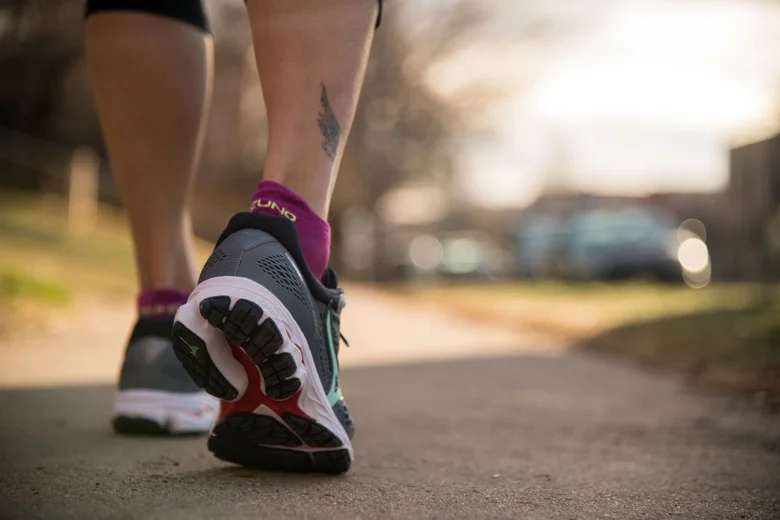
It is crucial to wear the right set of shoes when you are going in for high-impact exercises. Also, if you change your shoes from the high-drop one to the low-drop format, even that could aggravate your chances of getting shin splints. Be cautious of the same.
If you are already facing such problems, then you can use shoe inserts that help your arches flatten and rise as and when required.
Warmup before training is a must!
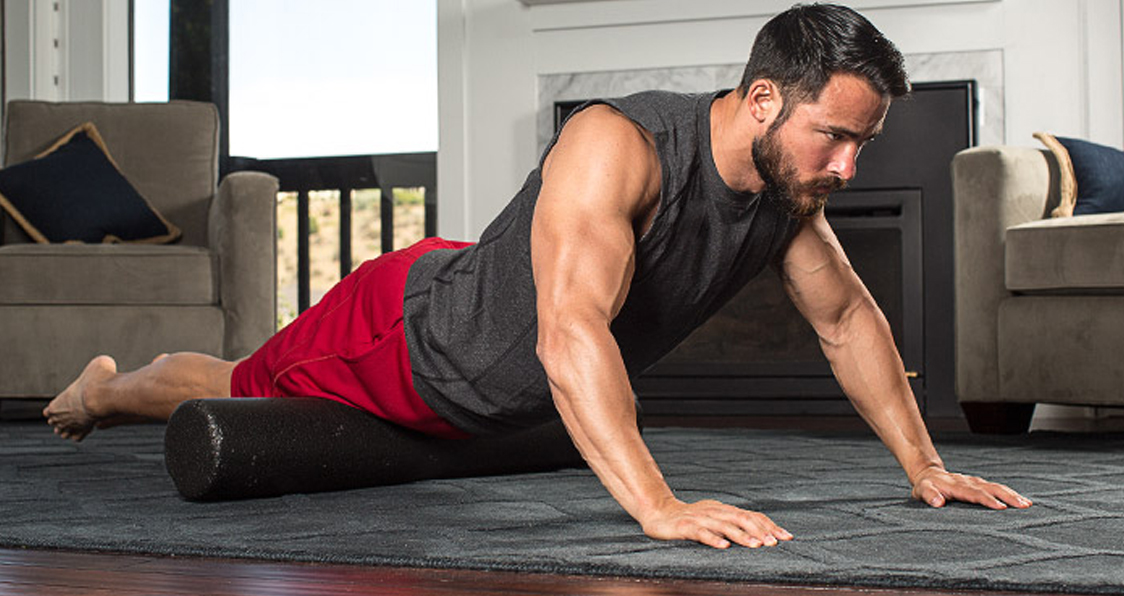
If you are returning to a high-activity workout after a physically lean period – then there’s a high probability of you getting shin splints. According to medicos, the body cannot immediately pick up the pace and hence cannot absorb the shock that it receives from the sudden workout session. Therefore, you need to follow the correct warm-up routine before indulging into intense activity.
Note certain inherent muscle factors
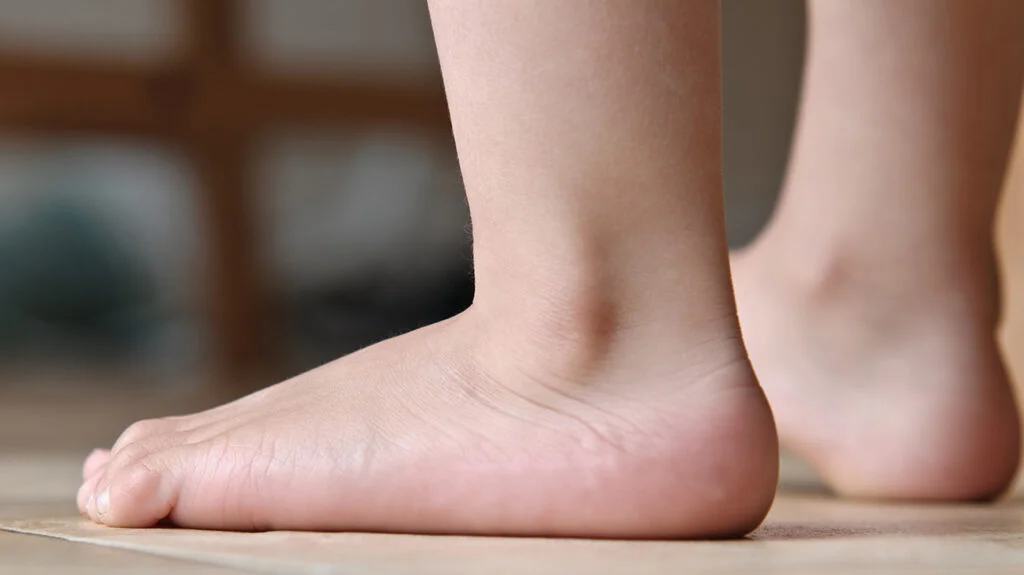
If you have a ‘flat-foot’ problem or weak core muscles and do not indulge in warmup exercises before going for high-impact athletic workouts, chances of your getting shin splints are higher. A recent medical report states that – those who have a comparatively slower cadence, that could be a reason for shin splints.
If you take care of the abovementioned factors, that to a great extent will help to prevent shin splints in the future.
A quick FAQ you cannot miss
You now have a basic idea about how to get rid of shin splints and will supposedly follow this routine. However, you still may have some persisting queries. Let’s try figuring those out –
- How to treat shin splints during pregnancy?
God forbid, having shin splints during pregnancy is a critical affair. In case you do have one – start with the RICE therapy and consult your doctor before consuming any over-the-counter medicine. Also, keep your weight in check, and try doing gentle exercises with elevated legs.
- What is the healing time for this?
In most cases, it has been found that the swelling and pain associated with shin splints take close to 3-4 weeks to heal. However, internal healing can take up to 3-6 months, depending on your age and the physiological condition of your body.
- How to differentiate between stress fractures and shin splints?
Though some people may confuse stress fractures with shin splints, the pain is localised in the case of the previous injury. However, the pain from the shin splints is spread over a wider area, and the swelling is more.
Key takeaways
Shin splints occur due to overworked muscles, bone tissues and tendons. The resultant causes are swelling of the calf area and a consistent weakness that prevents you from carrying out both daily activities and hard-core exercise.
For those wondering how to get rid of shin splints – you have to start with the basic first-aid, the RICE format and then try several stretches and natural techniques. Indeed, if you follow the techniques well, you will be healed at the earliest and will get back to your normal routine. If you liked this article and want to know more about medical topics like these – keep following this website.
Monalisa Mukherjee is a content writer, copywriter and editor with 4 years of experience. She has written for websites like Biography Talk, The Rich Net Worth, Contour Cafe, He And She Fitness and Fiction Pad. She is currently associated with a noted Digital Marketing Agency and specialises in writing press release, guest posts, articles on travel, entertainment, food recipes, celebs, lifestyle, tech, health, and fashion.

